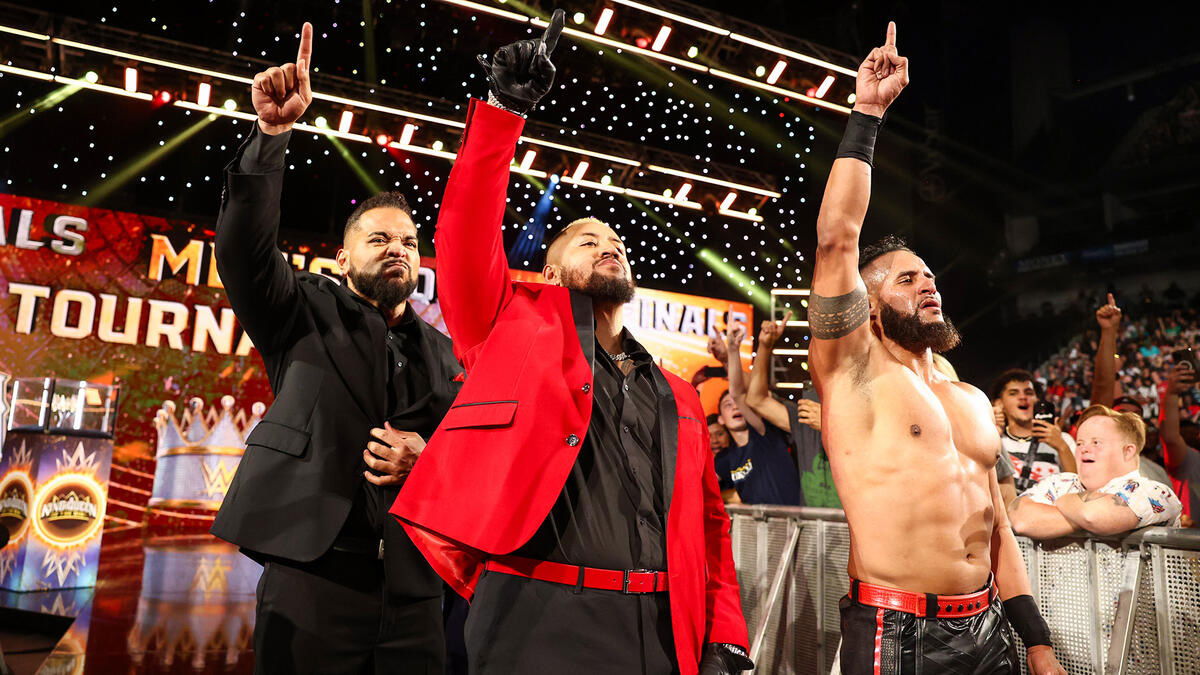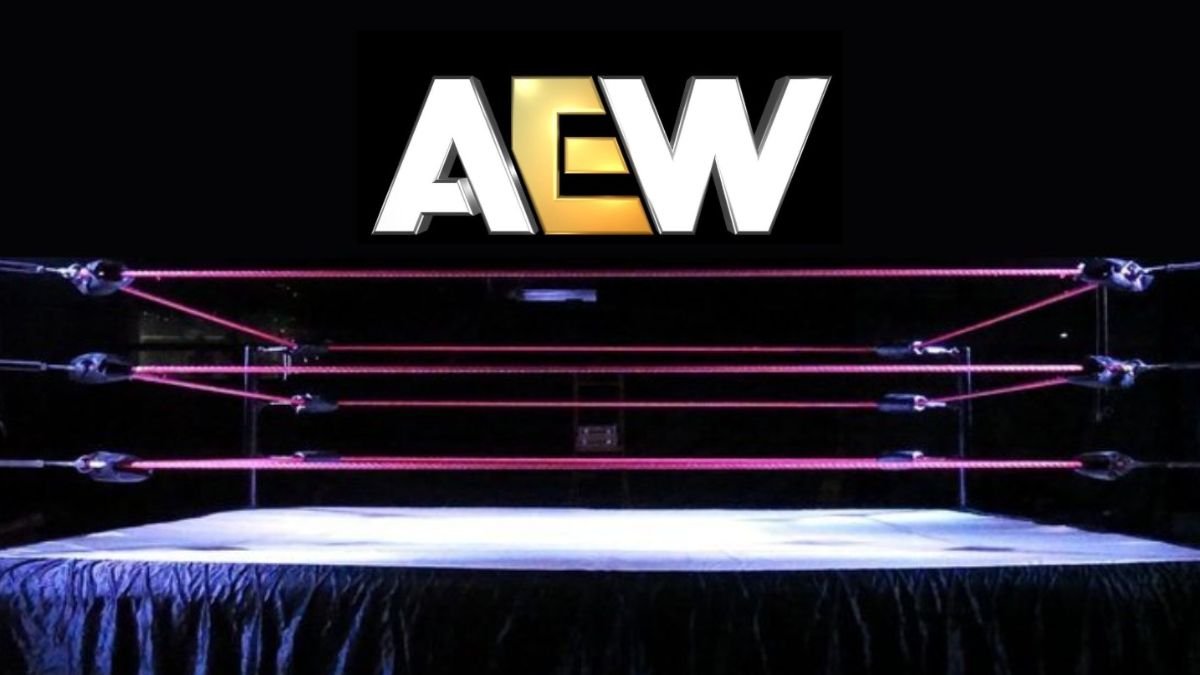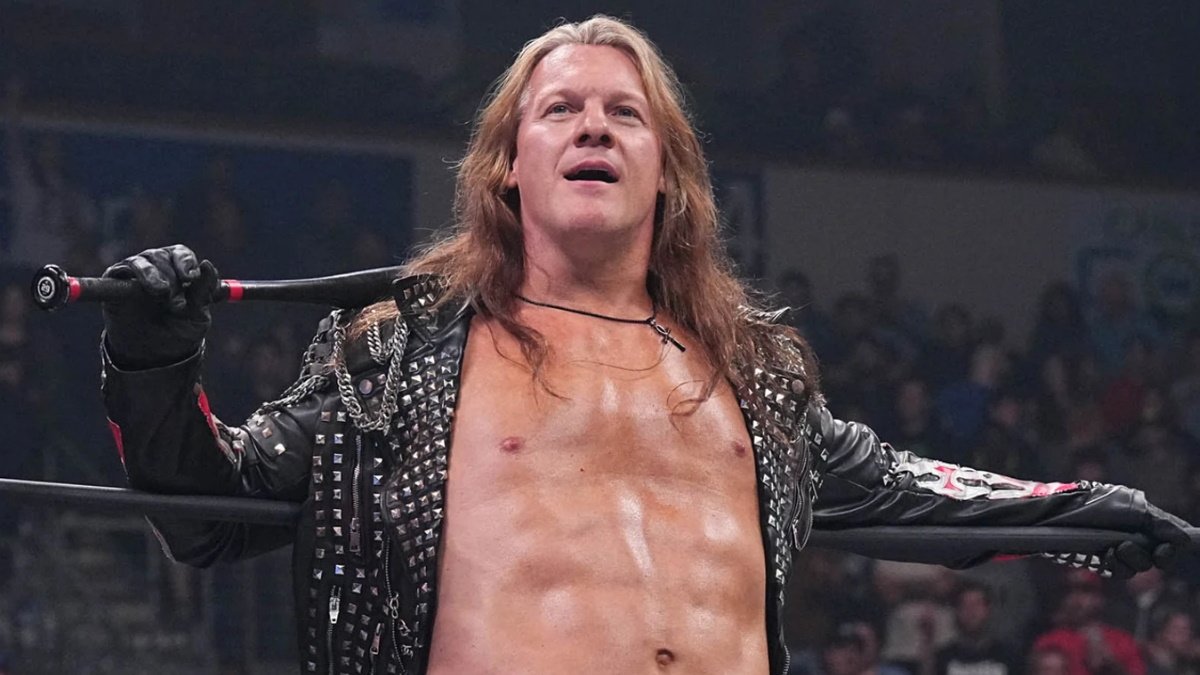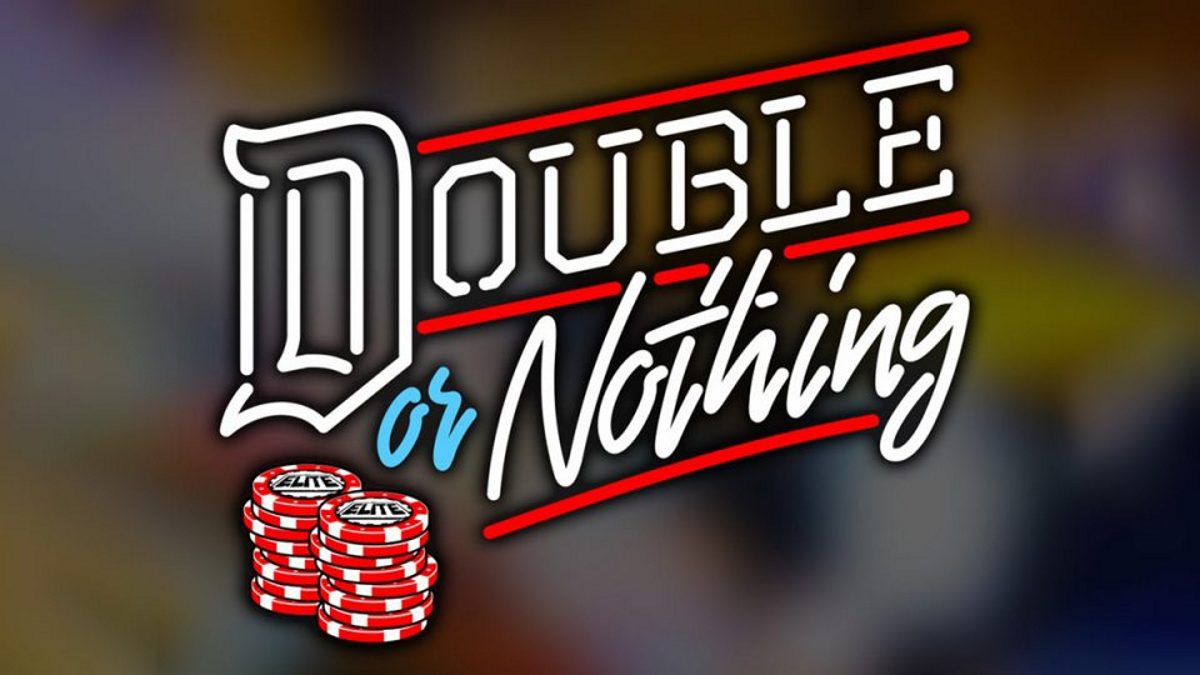What I think is much more interesting is when these magical and mystical parts of the character met the Deadman character with an old west swagger and a splash of Badass sprinkled in there too, so we could get to know the man beneath the hat.
And Taker has kind of been this character since 2004 – flitting in and out, cherry-picking the best bits of everything that came before to become one amalgamation of Undertaker. He became the embodiment of the myth of the Undertaker.
A wrestling god who can inhabit different aspects, much like the The Morrigan of Irish mythology, who is either a phantom queen or trio of sisters depending on who you ask. The Unholy Trinity he brought up in the feud with AJ Styles ahead of the Bone Yard makes this triple deity explicit.
A character who, like in myth works in cycles. Is it Zeus or Jupiter who is king of your pantheon, is it Kane or Randy Orton lighting the casket on fire this time? Taker even turns up once a freaking year for wrestling Xmas.
French literary theorist Roland Barthes in his essay The World of Wrestling said that:
“American wrestling represents a sort of mythological fight between Good and Evil.”
Barthes studied semiotics or the interpretation of signs, anything that communicates a meaning, and he said that the objects that are these signs become ‘myths’.
For wrestling he said: “Each sign in wrestling is endowed with an absolute clarity, since one must always understand everything on the spot.”
The signs here being Ric Flair’s lavish but effeminate robe, suggesting he is rich, probably stuck up, and sadly in the case of effeminate items in wrestling, probably the bad guy. Or the way The Undertaker looms and leers from beneath the rim of black hat which tells you he is dangerous, mysterious and connected to some dark power.
Barthes even compared wrestlers to gods, saying:
“When the hero or villain of the drama, the man who was seen a few minutes earlier possessed by moral rage, magnified into a sort of metaphysical sign, leaves the wrestling hall, impassive, anonymous, carrying a small suitcase and arm-in-arm with his wife, no one can doubt that wrestling holds that power of transmutation which is common to the Spectacle and to Religious Worship. In the ring, and even in the depths of their voluntary ignominy, wrestlers remain gods because they are,”
And there’s a bit more grey area around the Undertaker, who now seems neither good nor evil and is instead a force of nature inflicting his own form of justice on the roster.
The Undertaker works in mysterious ways.
And perhaps even more than Barthes expected a performer to, Taker throughout his career has embodied that wrestling god, because until recently there was no him carrying a small suitcase, arm-in-arm with his wife. He slept in a grave as far as we knew because he lived and breathed the gimmick.
Like he told Stone Cold:
“I lived it because I knew I couldn’t be different than what they saw on TV. I never stopped working.”
“ I never tried to put myself in situations, where I had to be anything other than what people saw on TV. They got a slight variation because I was in street clothes, but they never got much more than that. I think it worked.”
It more than bloody worked – for years the Undertaker was a creation that belonged purely to wrestling, a perfect bundle of signs, a phenom, a legend, something we could understand but never fully comprehend.
And it’s not just about not knowing that he REALLY likes tigers, it’s not knowing anything that could’ve made him human, something mundane that would have taken the shine off this wrestling demi-god.
And I doubt there are many people in the history of wrestling who we expected more from, and who rose, from the grave, time and time again to meet it.
What are your thoughts on the above story? Let us know in the comments on Twitter or Facebook.
Trending
- Jade Cargill Addresses First One-On-One WWE Loss
- WWE Botches Bloodline Match Announcement
- Change To WWE Match After Legitimate Injury Revealed?
- Damian Priest Shares WWE Moment He Struggled To Stay In Character
- New WWE Show Name Revealed?
- Challenge Issued To Tony Khan Ahead Of Upcoming Pay-Per-View
- WWE Star Teases New Alliance Amid Faction Split Rumors
- WWE Star Doesn’t Feel Like He Lost After King Of The Ring Defeat
- Current AEW Champion Suffers Leg Injury
- Former Champion Open To WWE Return Appearance













 mailing list
mailing list